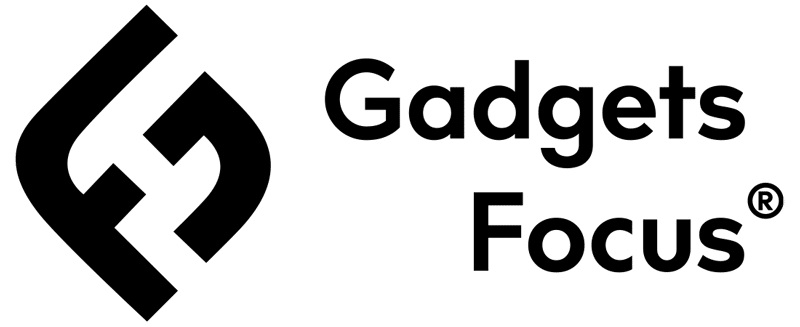JavaScript, a dynamic programming language, is the backbone of interactive web experiences. This guide delves into the core concepts you need to master to embark on your JavaScript journey.
Understanding the Basics
- What is JavaScript? A brief overview of JavaScript’s role in web development and its history.
- Variables and Data Types: Learn about different data types (numbers, strings, booleans, null, undefined, objects) and how to store values in variables.
- Operators: Explore arithmetic, comparison, logical, and assignment operators to manipulate data.
- Control Flow: Understand how to control the execution of code using conditional statements (if/else, switch) and loops (for, while).
Diving into Functions
- Function Declaration and Expression: Learn the difference between function declarations and expressions and when to use each.
- Parameters and Arguments: Pass data into functions using parameters and access them within the function body using arguments.
- Return Values: Understand how functions can return values to be used in other parts of your code.
- Scope and Hoisting: Grasp the concepts of variable scope (global, local, block) and function hoisting to avoid common pitfalls.
Working with the DOM
- Document Object Model (DOM): Explore how JavaScript interacts with HTML elements through the DOM.
- Selecting Elements: Learn to target specific elements using selectors (ID, class, tag name).
- Modifying Content: Change the content of HTML elements using the
textContentorinnerHTMLproperties. - Creating and Removing Elements: Dynamically add or remove elements from the DOM using JavaScript.
- Event Handling: Understand how to respond to user interactions (clicks, mouse movements, key presses) using event listeners.
Essential JavaScript Objects
- Built-in Objects: Explore core JavaScript objects like
Math,Date,Array, andString, and their methods for performing common operations. - Object Literals: Create custom objects to store data in key-value pairs.
- Prototypes: Understand the concept of prototypes and how they enable inheritance and object-oriented programming in JavaScript.
Best Practices for Clean Code
- Code Readability: Write clean, well-formatted, and commented code for better understanding and maintainability.
- Error Handling: Implement error handling mechanisms (try-catch blocks) to gracefully handle exceptions.
- Debugging Techniques: Learn how to use browser developer tools to inspect code, set breakpoints, and troubleshoot issues.
Remember: This is just the beginning of your JavaScript journey. As you delve deeper, you’ll discover a vast world of possibilities. Practice is key to mastering JavaScript, so build small projects and gradually increase complexity. Happy coding!
Would you like to focus on a specific aspect of JavaScript, such as DOM manipulation or asynchronous programming?

